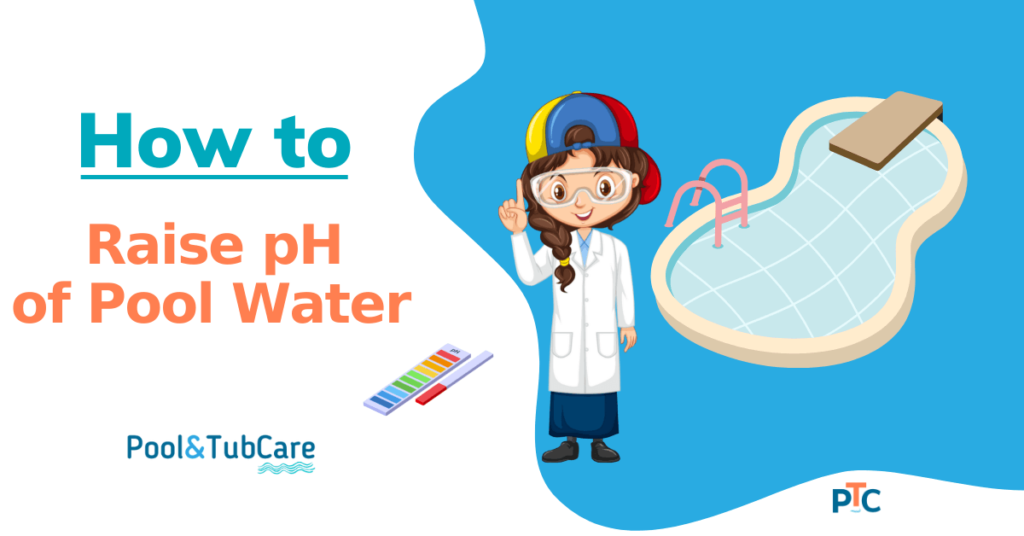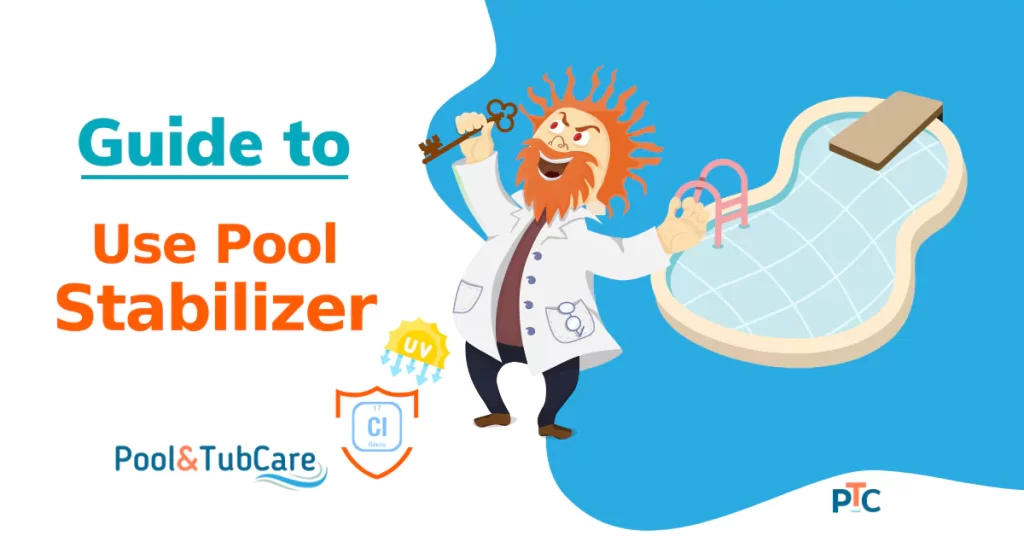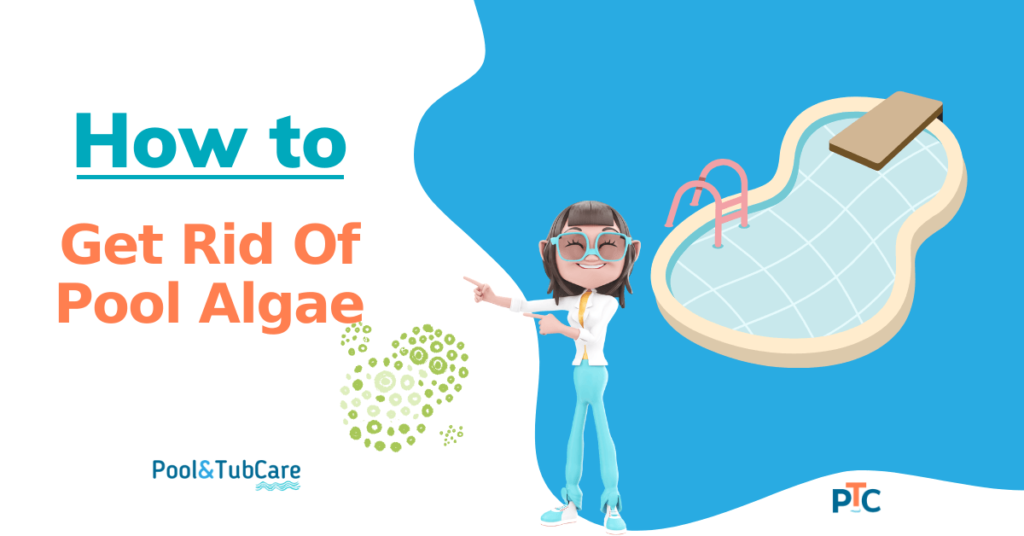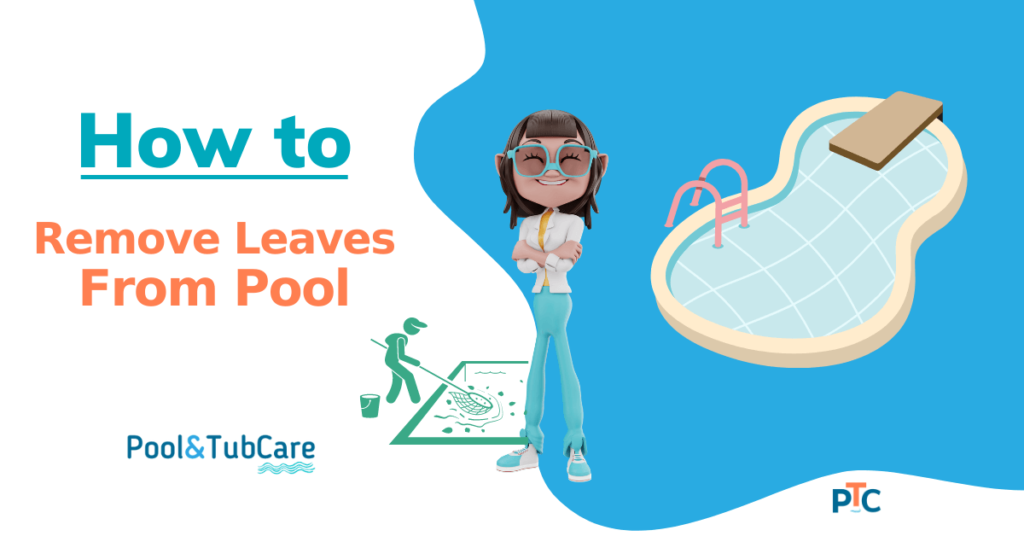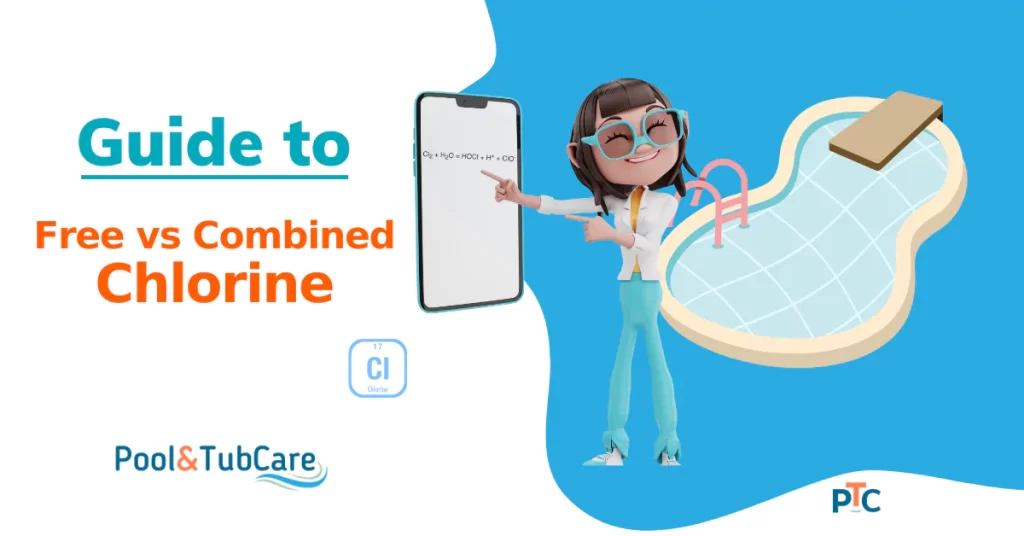Have you ever jumped into a pool with a very low pH? I can tell you it is very uncomfortable. Low pH water can really irritate your eyes and skin, and your hair will feel dry.
Fortunately, raising the pH level in your pool is very straightforward.
One of the easiest ways to raise the pH level in your pool is to add baking soda. This is an alkaline chemical readily available that will help to neutralize the acids in the water. Another way is to refill a part of your pool with fresh water to balance out the acidity.
This article will help you raise your water’s pH back to normal with three easy methods if it is too low.
What is pH?
pH is a scale that measures how acidic or basic a substance is. It runs from 0 to 14, with 7 being neutral. Anything below 7 is considered acidic, and anything above 7 is considered basic or alkaline.
What is the Ideal pH Level for a Pool?
The ideal pH level for a pool is 7.4. This is the pH at which our bodies are most comfortable which is why this pH is best for swimming.
Chlorine is also the most effective at this pH. With major fluctuations in pH, chlorine is rendered ineffective.
How to Measure Your Pool pH?
pH measuring is a routine task for pool owners, and there are a few different ways to measure the pH of your pool water.
Test Strips:
A most affordable and popular method to measure pH. Buy test strips that will change color based on the pH of the water. These are less accurate but give you a good idea of your pH levels.
Liquid Kit:
Another option is to use a liquid pH test kit. These are more accurate than test strips but can be a little more challenging to use. They are widely used and are a good combination of accuracy with reasonable costs.
Electronic Meter:
For the most accurate reading, you can use an electronic pH meter. These are used by professionals but are expensive for home use.
You need to calibrate them regularly so that they are accurate. many of these readers can be used for measuring all the chemistry of your pool like pH, chlorine levels, alkalinity, and more.
So if you can invest money for one time, it can be worth it in the long term.
Why Is Maintaining Proper pH Levels Important?
Proper pH levels are essential for several reasons.
Cause Irritation in Eyes and Skin:
If the pH level in your pool is too low, it can irritate your eyes and skin. Acidic water can also dry out your hair and make it feel brittle.
Damage to Swimming Pool:
Acidic water can also damage your swimming pool. The chemicals in the water can eat away at the plaster, tile, plumbing and other materials.
Effectiveness of Chlorine:
Chlorine is most effective at killing bacteria and keeping your pool clean when the pH is between 7.2 and 7.6. Outside of this range, chlorine will be less effective.
Things to Raise pH Levels
Here are a few ways you can use to raise the pH level in your pool.
Soda Ash:
It is the cheapest option to raise the pH of your pool water.
Soda Ash is also known as Sodium Carbonate. Its own pH is 11.6, so when you add it to water, it increases its pH.
Soda ash has minimal effect on alkalinity but increases the pH quite sharply. So, if your pool water pH is very low and you want minimal effect on alkalinity, soda ash should be the preferred choice.
Add Baking Soda:
Another easiest and most common way to raise pH levels is to add baking soda to the water.
Baking soda is a naturally alkaline substance that will help neutralize the acids in the water and increase the alkalinity of water.
Baking soda should be used if both the pH and alkalinity are low, as it drastically increases the alkalinity with a minor increase in pH.
Use a pH Increaser:
You can also use a pH increaser, a chemical that will raise the pH level of the water. These are available at most pool supply stores.
Keep in mind that it can take some time for the pH levels to adjust. Test the water regularly and make adjustments as needed.
4 Steps to Raise Your Pool pH Level
Raising the pH level in your pool is a simple process though it takes some time. The best method will depend on the problem’s severity and the available materials.
Here are the steps to follow.
1. Measure the pH of the Water
Before doing anything, measure the pH of your water two-three times, preferably with different so that you are sure of the readings.
This will give you a good starting point that is important to know how much chemical you need to add to reach a pH of 7.4.
2. Calculate the Amount of Water in the Pool
To do anything with your pool, you need to have an estimate of the total pool water.
You need to calculate the total pool water volume so that you can calculate how much chemicals you need to add to adjust pH.
Here are the formulae for different types of pools.
Rectangular Pool: length x width x average depth x 7.5 = Volume in Gallons
Circular Pool: radius squared x pi(3.14) x average depth x 7.5 = Volume in Gallons
Oval Pool: (length of short side + length of long side) / 2 x average depth x 7.5 = Volume in Gallons
You can use this tool to calculate the water in your pool.
3. Adjust the pH Level
After calculating the water level in your pool, it’s time to calculate the amount of chemicals you need to add.
Add Soda Ash
If your water pH is low, but alkalinity is normal, soda ash is your chemical of choice.
If the pH is below 7.2, you need to raise it using soda ash. The amount of soda ash needed is 6 ounces for increasing pH by 0.2 for 10000 gallons of water.
For example, if you have a 10,000-gallon pool and the current pH is 7.0 and want to raise it to 7.4, you need to add 12 ounces of soda ash.
This is the expert-recommended amount. You may need more or less than this amount. But this is a good point to start.
Here is the chart of soda ash volume for your reference.
| pH Raise | 5,000 Gal | 10,000 Gal | 20,000 Gal |
|---|---|---|---|
| 7.2 to 7.4 | 1.7 oz | 3.4 oz | 6.8oz |
| 7.0 to 7.4 | 3.4 oz | 6.8 oz | 13.6 oz |
| 6.8 to 7.4 | 5.1 oz | 10.2 oz | 20.4 oz |
| 6.6 to 7.4 | 6.8 oz | 13.6 oz | 27.2 oz |
For adding soda ash to the pool, you can spread it uniformly across the pool. Or you can mix it in a small bucket with 4-5 gallons of water and pour it along the sides of the pool from all directions.
Then run the pool pumps continuously to mix the chemical in the whole pool water. It will generally take 20 to 30 minutes for chemicals to mix.
Note: Don’t add too much chemical in one go. You may increase the pH levels above the normal range, and then you will have to decrease the pH.
Your pool may get a little cloudy after adding soda ash, but it will return to its normal color in a day or two.
If your pool alkalinity is also on the lower end, you may have to add the baking soda that is sold as an alkalinity increaser in the pool stores.
4. Check for Alkalinity
If you are not able to stabilize your pH levels, the alkalinity levels might be to blame here.
The alkalinity of your pool should sit between 80 to 150 ppm. If it is at the lower end, your pH levels will not stabilize, as they have an intricate relationship with each other.
You can increase the alkalinity of pool water by adding baking soda powder.
Add 1.4 pounds of baking soda for every 10,000 gallons of water in your pool when you determine that the alkalinity of your pool is low.
5. Test the Water and Adjust as Needed
After adding the chemicals, it is important to test the water again and ensure the pH level meets standards.
If they haven’t yet come in the standard range, keep adding more chemicals.
Related: How to lower the pH of pool water!
What Might be the Cause of Low pH Levels?
Many things can lead to low pH levels. You need to figure out what exactly is causing low pH in your pool if it is happening regularly.
Then you may be able to solve the root cause of the problem. Things like the below can cause low pH:
The use of chlorine tablets: Chlorine tablets release acid into the water and lower the pH levels.
Too much rain: Rainwater is mostly acidic (pH 5) and can lower the pH levels of your pool. Test your pool water after every rain.
Leaves and other organic matter: Leaves and other organic matter, after decomposing, release tannins and acids into the water and lower the pH levels.
Too many people: After parties, there can be drops in the pool pH levels. So when your pool is in high use, check its pH regularly.
Keep an eye on all these factors, and if you doubt anything, just test your water.
How to Avoid pH Imbalance?
The best way to avoid pH imbalance is by checking the pH levels regularly and making adjustments as needed.
Shock your pool regularly (once in one or two weeks) to keep it clean, which will help maintain proper pH levels.
Shocking involves adding chlorine or other sanitizing chemicals to the pool in high doses, and it helps kill bacteria and algae.
Skim debris, such as leaves, from the surface of your pool regularly. Leaves can decompose over time and lower pH levels significantly.
It is also important to balance the alkalinity levels. If the alkalinity is too low, it will cause the pH to fluctuate. So, make sure to test and adjust alkalinity levels as needed.
Follow these standard practices to avoid pH imbalance and keep your pool water clean and safe for swimming.
Balancing Act is Everything For Your Pool
A sparkling and healthy pool is all about balanced chemistry. pH is the major component of your pool chemistry.
Without a stable pH in the range of 7.2 to 7.6, everything else will fall apart.
Test your water regularly, and if you find a low pH take the above steps to restore it to normal. Raising the pH level in your pool is not difficult, so you should not let it get worse and affect other chemicals like chlorine.
Get your pH up and have a safe swim in clean and balanced water.

